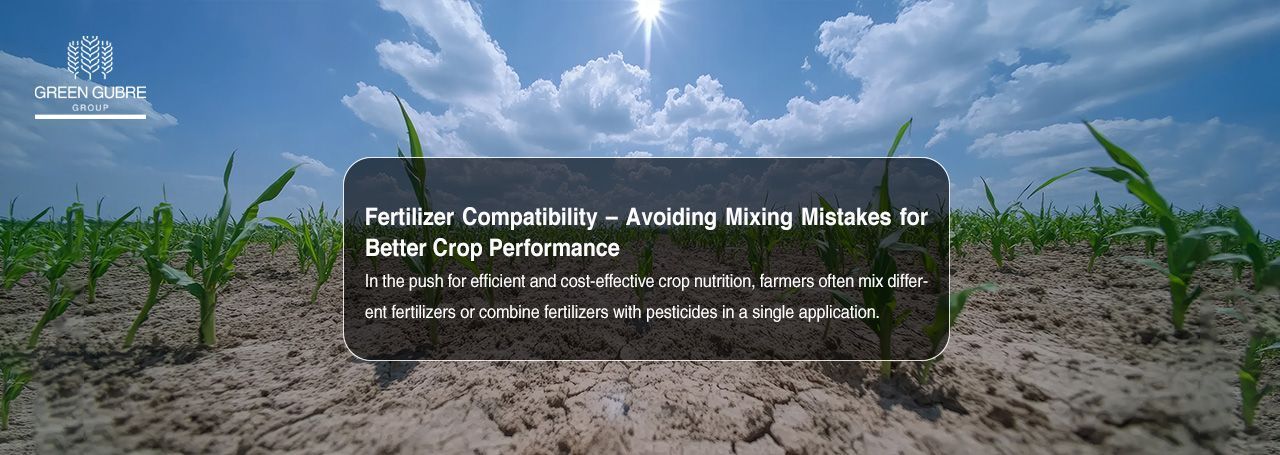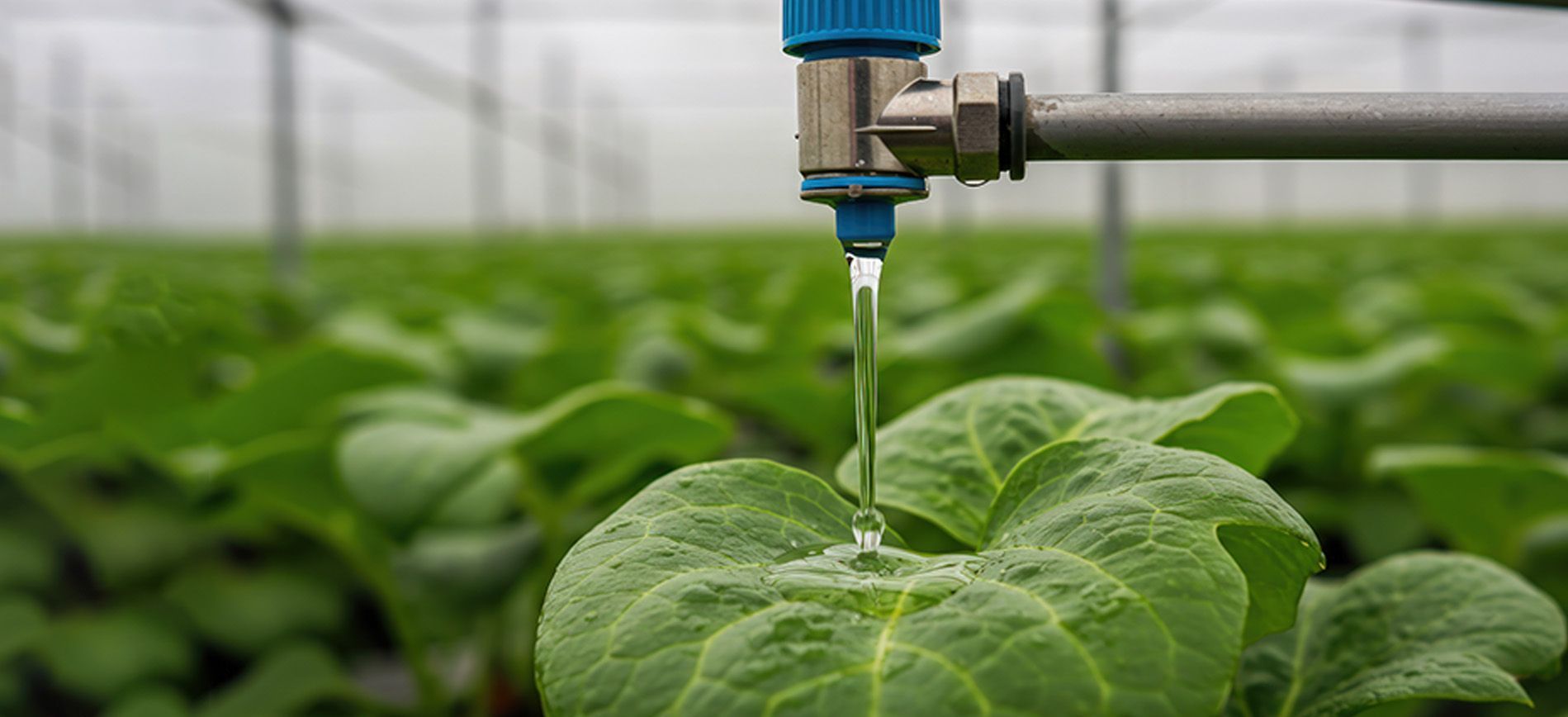Fertilizer Compatibility – Avoiding Mixing Mistakes for Better Crop Performance
Fertilizer Compatibility – Avoiding Mixing Mistakes for Better Crop Performance

Introduction: Why Fertilizer Compatibility Matters
In the push for efficient and cost-effective crop nutrition, farmers often mix different fertilizers or combine fertilizers with pesticides in a single application. While this may seem like a time-saving strategy, improper mixing can lead to chemical reactions, precipitation, clogged nozzles, or even worse—reduced nutrient availability.
Understanding fertilizer compatibility is critical for maintaining product efficacy, protecting equipment, and ensuring crop safety.
Whether you’re using fertigation systems, foliar sprays, or tank mixes, knowing which products can and cannot be mixed helps avoid costly errors and ensures optimal nutrient delivery.
Source –
IFA: Nutrient Stewardship
What Is Fertilizer Compatibility?
Fertilizer compatibility refers to the chemical and physical stability of two or more fertilizers (or fertilizers and agrochemicals) when mixed in solution or a tank. Incompatible combinations may:
- Form precipitates (solid particles that block irrigation or sprayers)
- Undergo chemical reactions that deactivate nutrients.
- Separate into layers or settle over time.
- Damage crops due to phytotoxicity
Compatibility depends on several factors:
- pH of the solution
- Ion type and concentration
- Water quality (hardness, EC)
- Temperature and
mixing order
Common Incompatible Fertilizer Combinations
| Fertilizer A | Fertilizer B | Result |
|---|---|---|
| Calcium nitrate | Sulfates (e.g., MgSO₄, ZnSO₄) | Forms calcium sulfate precipitate |
| Phosphate (MAP/DAP) | Calcium nitrate | Forms calcium phosphate (insoluble) |
| Urea | Calcium ammonium nitrate (CAN) | May cause volatilization and clogging |
| Potassium phosphate | Iron sulfate | Forms an iron phosphate precipitate |
Always consult a compatibility chart or conduct a
jar test before mixing to ensure compatibility.
Source – Fertilizer Focus Magazine
How to Perform a Simple Jar Test
A jar test is a quick, on-farm method to check compatibility:
- Fill a clean jar halfway with the water you’ll use for mixing.
- Add the first product and mix thoroughly.
- Add the second product slowly while stirring.
- Let it sit for 30 minutes and check for:
- Cloudiness
- Sediment or sludge
- Layer separation
- Heat or gas bubbles
If any of these signs appear, the mix is likely incompatible.
Source – Journal of Plant Nutrition
Fertilizer + Pesticide Compatibility
Farmers often tank mix fertilizers with herbicides, fungicides, or insecticides—but this can be a risky practice. Nutrient salts can:
- Reduce pesticide effectiveness
- Cause leaf burn or scorching
- Alter spray pH beyond safe limits.
To reduce risk:
- Check labels for mixing restrictions
- Add ingredients in the correct order: water → buffer → pesticide → fertilizer → surfactant.
- Use
pH-adjusted water (pH 5–6.5) if needed.
Source – CropLife International
Best Practices for Safe Mixing
- Use clean, filtered water free of calcium and bicarbonates
- Maintain solution pH in the recommended range (typically 5.5–6.5)
- Avoid mixing concentrated stock solutions unless instructed to do so.
- Constantly agitate the tank continuously.
- Clean tanks, nozzles, and filters
immediately after spraying
Source – ScienceDirect: Tank Mix Management
Green Gubre Group’s Compatibility Support
At Green Gubre Group, we help growers avoid costly mixing errors by offering:
- Compatibility-tested formulations for fertigation and foliar use
- Technical support for customized tank mixing programs
- Fertilizer compatibility charts for major crops and application systems
- On-demand consulting for pH correction, EC calibration, and nutrient interaction management
Our team ensures that you don’t just feed your crops—you feed them correctly.
Conclusion: Mix Smart, Grow Strong
Fertilizer compatibility is one of the most overlooked but crucial factors in effective nutrient management. By understanding which products work together and how to mix them properly, you can prevent yield loss, equipment damage, and nutrient waste.
Mixing isn’t just a mechanical process—it’s a chemical decision. Make it wisely, and your crops will thank you.




